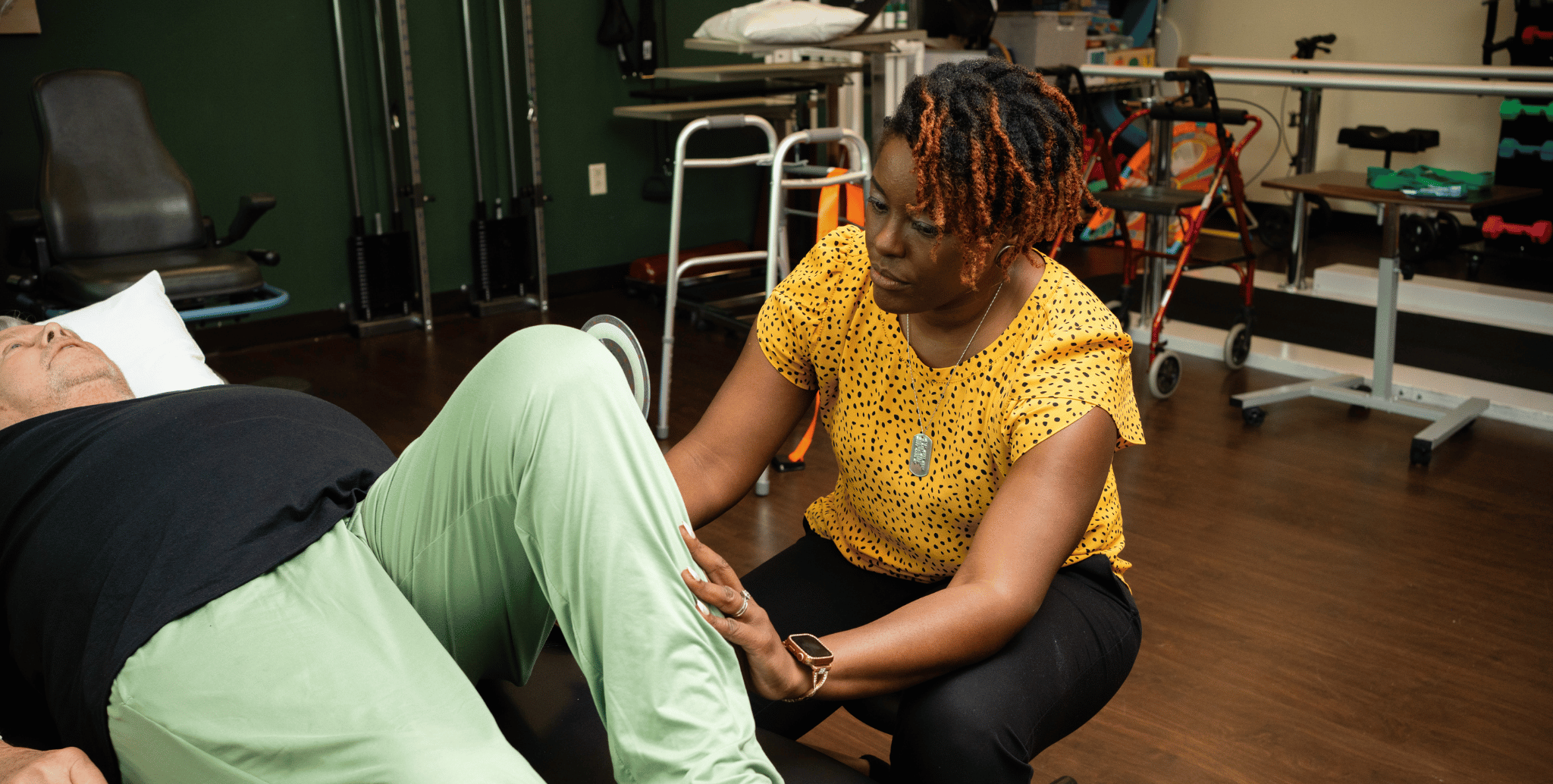Efficient Approaches to Minimize the Risk of Sudden Traumas in Sports Via Targeted Preventative Strategies
Efficient Approaches to Minimize the Risk of Sudden Traumas in Sports Via Targeted Preventative Strategies
Blog Article

Acute injuries in sports can occur unexpectedly and frequently lead to critical problems for athletes. These traumas can vary from twists and tears to fractures and head injuries. To assist reduce these traumas, it is essential to implement targeted protective strategies. These strategies concentrate on awareness, appropriate preparation, gear use, and overall well-being maintenance. By tackling these key areas, athletes can significantly lower their risk of suffering from acute traumas while participating in their favorite activities.
One successful approach to reducing the risk of traumas is through instruction. Players, coaches, and parents should be educated about the common types of injuries associated with specific activities. Comprehending the mechanics of these injuries allows all involved to identify the indicators and symptoms early. Informative workshops or seminars can help teach players about proper techniques and the importance of warming up before matches or training sessions. This knowledge empowers athletes to take charge for their well-being and encourages them to communicate any concerns about possible traumas.
Another crucial preventive strategy is proper preparation. Players should engage in a well-rounded training program that focuses on building strength, flexibility, and endurance. Strength conditioning helps build the muscles that stabilize joints, lowering the likelihood of injuries. Flexibility routines, such as elongating, can enhance the range of motion and reduce the risk of muscle strains. Additionally, athletes should integrate sport-specific drills that simulate game situations, which can help them become more acquainted with the movements involved in their chosen activity. Coaches play a crucial role in designing and executing these conditioning programs to ensure they are safe and effective.
The use of suitable gear is also vital in reducing acute injuries in sports. Players should consistently wear the right equipment for their particular sport, including helmets, pads, and suitable footwear. For instance, football players need helmets to shield against head traumas, while football players require shin guards to shield their legs from impact. It is crucial that equipment fits correctly and is maintained regularly to ensure it provides the intended protection. Trainers and guardians should encourage athletes to take the effort to select and wear the appropriate equipment to reduce their chances of trauma.
In addition to education, preparation, and webpage gear, maintaining overall well-being is crucial for injury avoidance. Athletes should emphasize adequate nutrition, hydration, and rest to keep their bodies in top shape. A nutritious diet rich in vitamins and minerals helps support muscle recovery and overall athletic performance. Staying hydrated is also important, as dehydration can result to fatigue and heighten the risk of injuries. Lastly, getting enough sleep is crucial for recovery and upholding focus during practices and games. By encouraging good health habits, players can enhance their performance and lower their chances of experiencing acute injuries.
In conclusion, minimizing the likelihood of acute traumas in athletics requires a comprehensive method that includes awareness, adequate preparation, suitable gear, and overall well-being maintenance. By concentrating on these specific preventive strategies, players can more effectively protect themselves from the dangers of injuries. Coaches, parents, and athletes all have important roles to play in fostering a safe sports environment. By working together and prioritizing safety, the enjoyment of athletics can continue without the disruption of serious traumas.